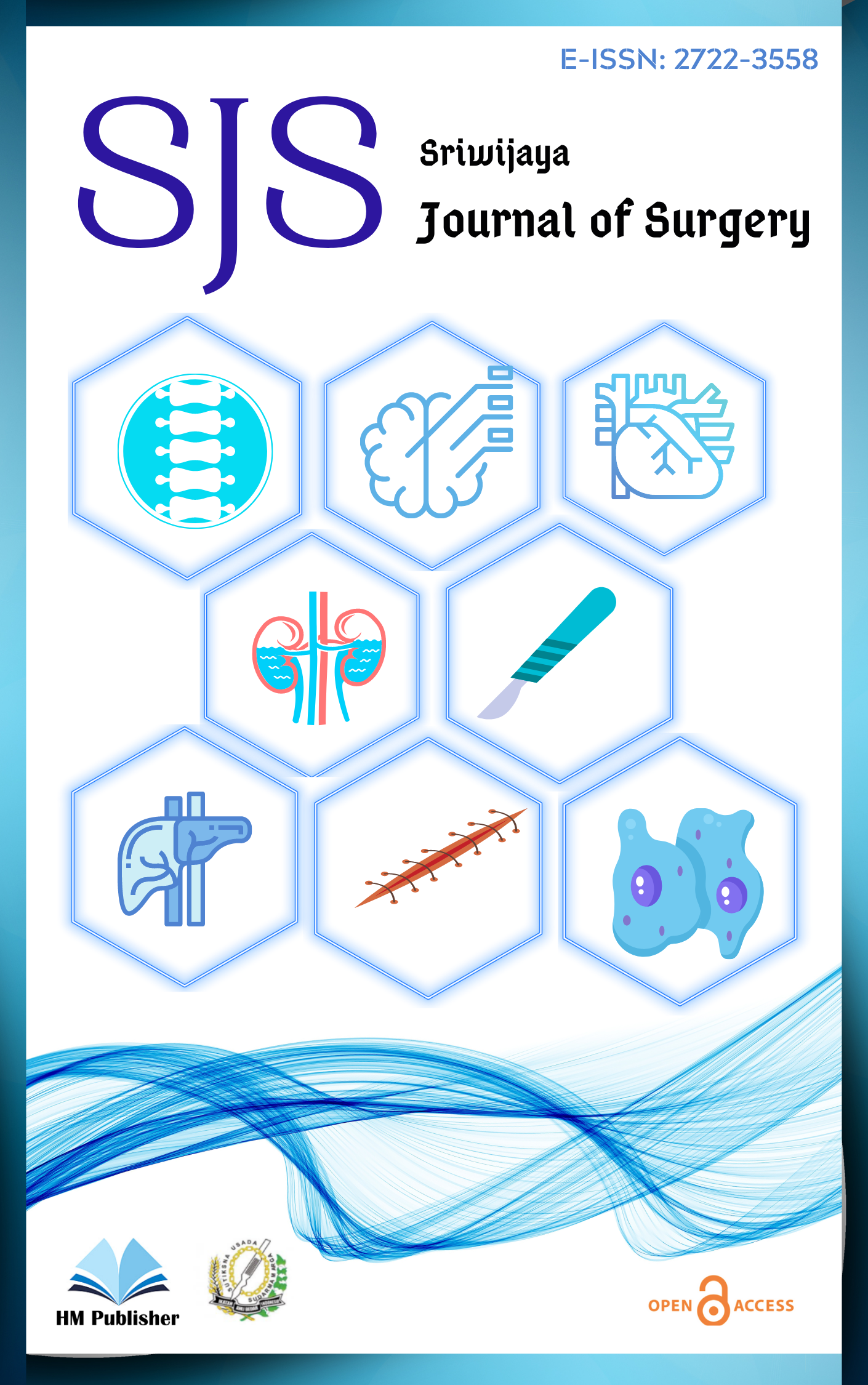Main Article Content
Abstract
Introduction: Resection of hypervascular intracranial meningiomas is frequently complicated by significant intraoperative hemorrhage, increasing patient morbidity and transfusion requirements. Tranexamic acid (TXA), an antifibrinolytic agent, has shown promise in other surgical fields, but high-level evidence in intracranial tumor surgery is lacking. This study aimed to rigorously evaluate the efficacy and safety of perioperative TXA in reducing blood loss during craniotomy for convexity and spheno-orbital meningiomas.
Methods: This single-center, double-blind, randomized, placebo-controlled trial enrolled 30 adult female patients scheduled for elective resection of convexity or spheno-orbital meningiomas. Patients were randomized to receive either intravenous TXA (15 mg/kg bolus followed by a 1 mg/kg/hr infusion) or a matching saline placebo. The primary outcome was total intraoperative blood loss. Secondary outcomes included transfusion volume, perioperative changes in hematological and coagulation parameters, and the incidence of thromboembolic events within 30 days.
Results: The TXA group (n=15) and the placebo group (n=15) were well-matched at baseline. Mean intraoperative blood loss was significantly lower in the TXA group compared to the placebo group (765.0 ± 94.39 mL vs. 1010.0 ± 131.20 mL; mean difference, -245 mL; 95% CI, -444.2 to -45.8; p = 0.019; Cohen's d = 2.15). The TXA group exhibited a significantly smaller postoperative drop in hemoglobin (-0.97 g/dL vs. -2.36 g/dL; p = 0.041) and significantly lower D-dimer levels at 24 hours (850 ± 210 ng/mL vs. 1620 ± 450 ng/mL; p < 0.001). There was no significant difference in PRBC transfusion volume (p = 0.410). No thromboembolic events were recorded in either group.
Conclusion: In patients undergoing resection of hypervascular convexity and spheno-orbital meningiomas, perioperative TXA administration significantly reduces intraoperative blood loss and preserves postoperative hemoglobin. The agent demonstrated a favorable safety profile with no observed increase in thromboembolic risk in this cohort
Keywords
Article Details
1. Authors retain copyright and grant the journal right of first publication with the work simultaneously licensed under a Creative Commons Attribution License that allows others to share the work with an acknowledgement of the work's authorship and initial publication in this journal.
2.Authors are able to enter into separate, additional contractual arrangements for the non-exclusive distribution of the journal's published version of the work (e.g., post it to an institutional repository or publish it in a book), with an acknowledgement of its initial publication in this journal.
3.Authors are permitted and encouraged to post their work online (e.g., in institutional repositories or on their website) prior to and during the submission process, as it can lead to productive exchanges, as well as earlier and greater citation of published work.

